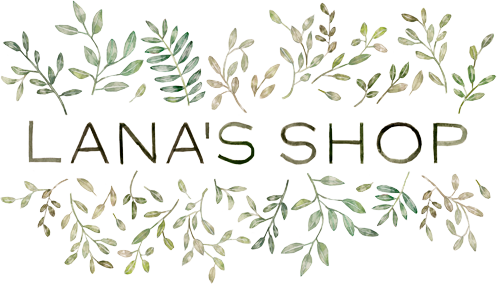how do you packadoo?

Packadoo is a playful tool kit for learning the ABCs.
Each card is hand-painted with whimsical illustrations that
bring the alphabet to life in full color.
Tips for learning and playing, from 6 months up
Age: 6 months - 2 years
Talking with your kiddos is one of the best things you can do for them at this stage, and PACKADOO cards are handy conversation starters that you can use throughout your busy day. Kids benefit from listening to you, and every colorful card’s illustration can help bring a new story to life.
Make up stories together. Use your imagination! Pick up 2-3 cards and use them to tell a tale about a fun camping adventure or trip to the grocery store.
Chat with your baby during a walk. Bring PACKADOO along for the ride! Pick 1 or 2 cards that represent items that you can search for while you’re out and about. Name those things and point to them, so your kiddo can see the connection.
Prolong tummy time. Lay the cards out one at a time and let your child look at the subject of each card while you point to it and discuss it.
Distract your baby during diaper changes. Keep your PACKADOO cards by the changing station and hand your kiddo a card to look at and talk about while you change their diaper.
Age: 2 - 4 years
This is a great time to start working on your child’s phonological awareness (recognizing sounds in words) and phonemic awareness (manipulating individual sounds in words). Packadoo can help! Try one of the following activities to prepare them for becoming readers. But there’s no hurry: The focus at this age is on oral language, so don’t worry too much about teaching the alphabet or the sounds of letters.
Clap out syllables. This one is so much fun! Guide your child in clapping the number of syllables in the word on the card. Ex. wildflowers. wild/flow/ers. (3 claps for 3 syllables.)
Identify individual words in a sentence. Make up a short sentence using one of the cards. Then clap for each word in the sentence. Ex. Look at the tent! (Clap for each word).
Practice rhyming. Come up with some fun, rhyming words to go with the words on the card. Ex. Nest, pest, best.
Hear beginning sounds. Holding one of the PACKADOO cards, say the word on the card, putting special emphasis on the first sound. Then say several other words that start with the same letter. Ex. Tent. Table. Tricycle. Turkey. Have your child try to mimic the first sound they hear. Extension: Once your child can identify the first sound, have them try to come up with their own word!
Foodie Edition: Choose a card and identify the first sound. Then, while you’re walking around the grocery store, see if you can find other things that have that same sound.
Age: 4 - 6 years
Introduce kiddos to letters and their sounds. Generally, kids at this age are moving towards understanding that what they see in print represents different sounds and words. PACKADOO helps you make those connections in a playful way.
- Have fun with “repeat after me” games: “This is the letter ‘s.’ S makes a ‘ssss’ sound. Now you try!”
- Begin with letters S, C, W, X, Z, P, and K. They each have distinct sounds, and the upper and lower case are the same.
- Leave time between letters that have similar sounds or look similar. Ex. don’t teach B and D at the same time.
- Choose a card to be the letter of the day (think Sesame Street)
- See how many words you can think of that start with the letter on the card
- Letter hunt: Spread the cards out on the floor. Then call out a consonant and have your child find the card that shows that letter.

